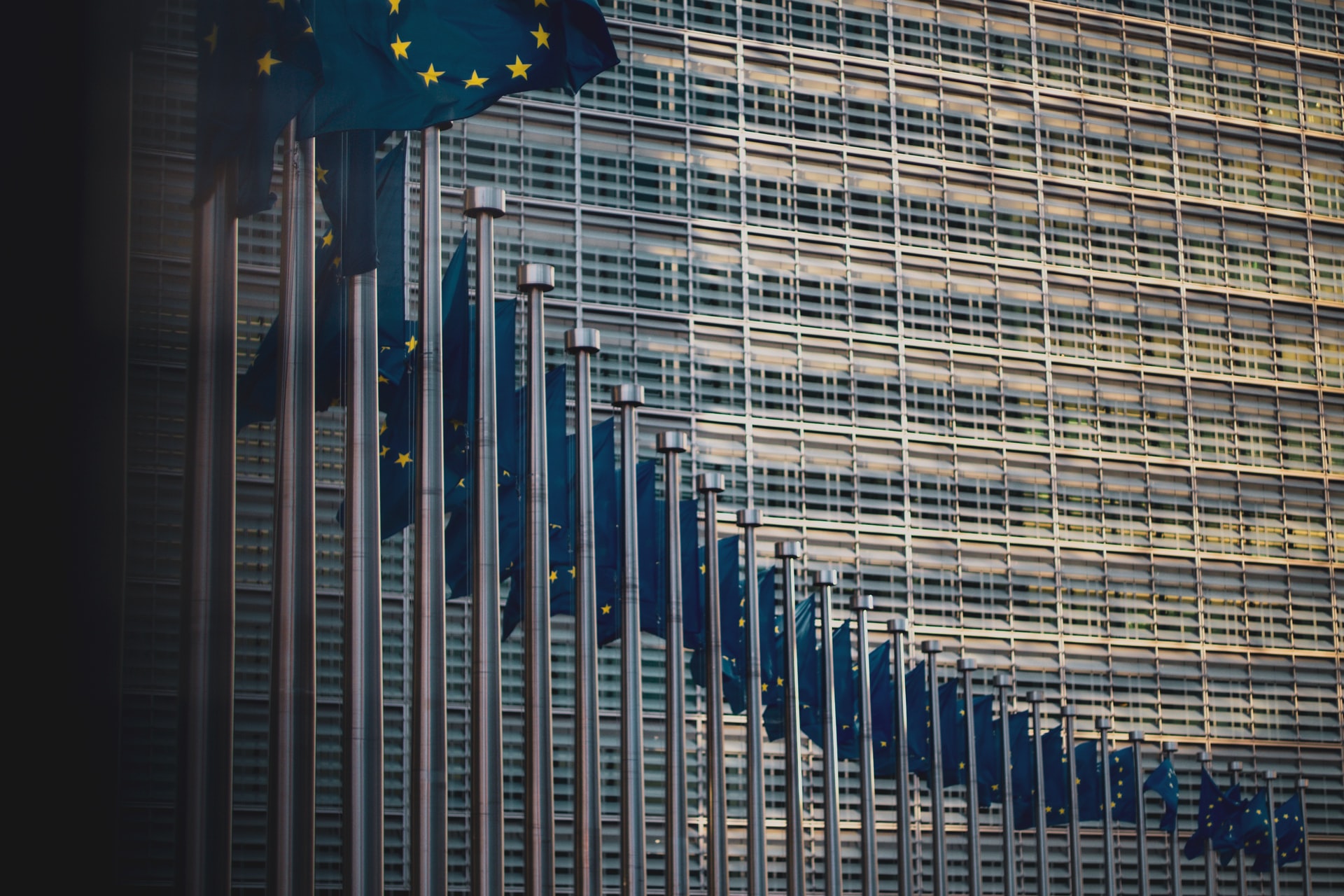Because European inflation will stay high for a long time

Lorenzo Pagani, Portfolio Manager of PIMCO who analyzes the dynamics of inflation in Europe and hedging instruments, which still have attractive valuations, and the implications for investments
As European inflation reaches levels not seen since the 1980s, investors are wondering if it's too late to hedge. Consumer prices in the euro area continue to rise, up 8.1% from last year in May, posing a major challenge to central bankers seeking to contain inflation without plunging the economy in recession.
Dynamics of European inflation
The dynamics of rising inflation are mostly global in nature. The Russian invasion of Ukraine disrupted global supply chains, which are still recovering from the pandemic, and cut supplies of many basic commodities, driving prices up sharply.
These pressures, particularly acute in Europe, are spreading to all countries and all products. The production of steel, fertilizers and paper has been reduced. China's zero-COVID policies and lockdowns are exacerbating supply shortages in areas such as the automotive sector, which has slowed production, with further delays expected.
Short-term uncertainty is very high, but in our base case we expect inflation in Europe to peak this year – later than in the US – as supply chains recover and monetary conditions tighten. and financial. However, we believe this will be a slow and sticky process and will remain high through 2023, before gradually returning to the ECB target – and the upside risks to our forecasts are significant.
Short-term inflation risks appear to be biased to the upside
The current environment is uncertain and the range of outcomes for European inflation remains broad. We believe the risk balance is tipped upwards:
Dependence on Russia: The EU's heavy dependence on Russia for gas and agricultural commodities suggests that inflation may be more unmanageable until the area turns to other sources.
– Inflation-growth spiral: The longer realized inflation remains high, the greater the risk of behavior changing, leading workers to demand higher wages and consumers to postpone purchases.
– Balance between growth and inflation: Europe is facing a difficult balance. In an environment of weak economic growth, policymakers have little room for maneuver compared to their US counterparts and may have to tolerate higher inflation if the alternative is a political-induced recession.
– Fiscal policy: Europe's diversification from Russian energy imports and the increase in defense spending suggest an increase in public spending in the coming years.
Investment implications
Is it too late to cover inflation risks? We think not. In our view, inflation hedges remain cheap relative to history and do not adequately reflect the upside risks of the inflation outlook, which means that inflation hedges in Europe may still be attractively priced. To illustrate this, we look at the implicit five-year break-even inflation rate over a five-year horizon (5y5y) based on the inflation swap market.
This rate indicates the expected inflation rate 5 years from now, giving a full 10-year period for expectations without the short-term interference of the 10-year breakeven inflation rate. The European 5y5y inflation swaps indicate that investors are expecting a rate of 2.2% over the medium term, only slightly above the ECB's medium term target of 2.0%.
Market-based inflation expectations in Europe remain below the post-global financial crisis peak reached in 2012 and broadly in line with the ECB's target.
We believe that inflation-linked and real assets can provide investors with powerful hedging against further upside shocks and improve portfolio diversification and return potential. Even if the price pressures linked to the pandemic and the war dissolve, we believe it is unlikely that we will return to the pre-pandemic paradigm of low but stable growth and inflation. Rather, we believe that the global economy is likely to be characterized by greater volatility and diverging inflation trajectories over the next five years. In this context, investors should consider the full range of potential outcomes and position portfolios to be robust in a number of different macroeconomic environments.
This is a machine translation from Italian language of a post published on Start Magazine at the URL https://www.startmag.it/economia/perche-linflazione-europea-restera-alta-a-lungo/ on Sat, 25 Jun 2022 05:49:55 +0000.
